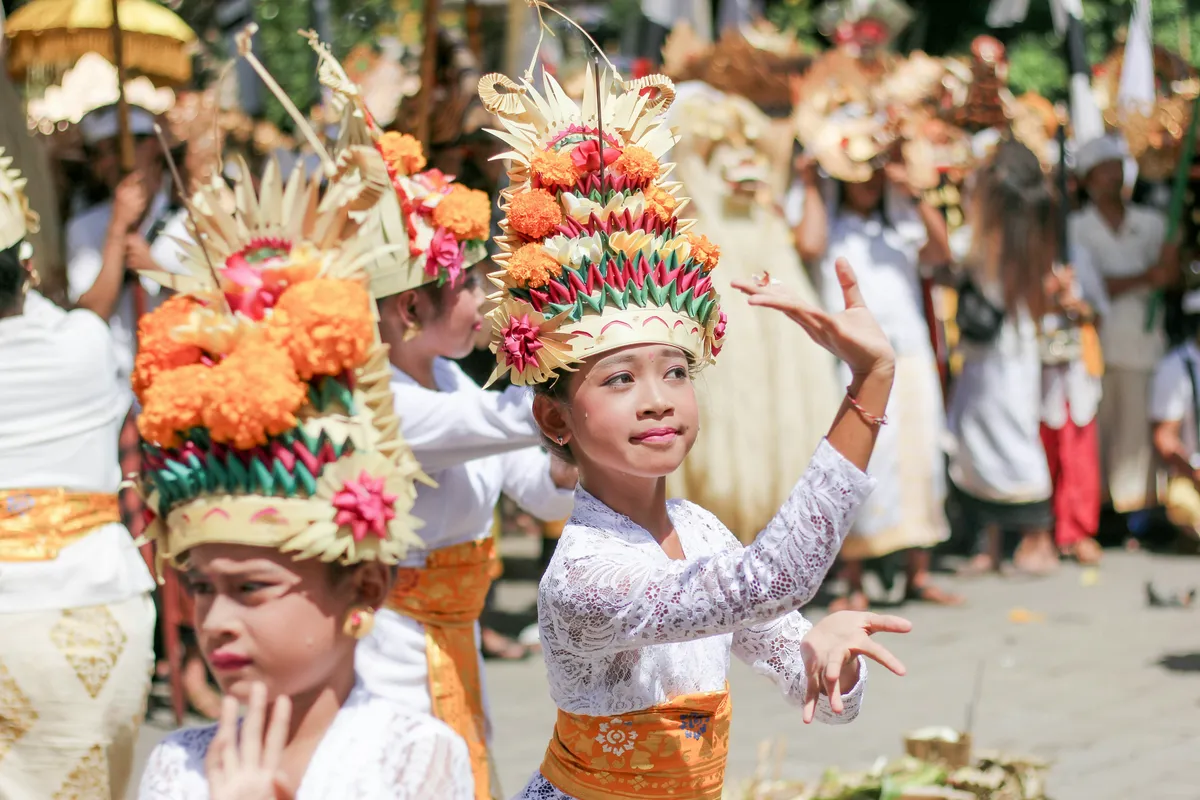Filipino Culture

Roots and History
The Philippines is an archipelago of more than 7,000 islands, with many different ethnic groups, languages, and traditions. This diversity means a lot of variation in culture from region to region. Indigenous cultures were already rich before colonial contact: animism, local rituals, oral traditions, folk art, etc. Then over centuries, there were layers of influence: Indian, Malay, Chinese trade, then Spanish colonization (300+ years), then American rule, plus influences from Japan, and other modern global currents.
Language
There are over 170 local languages in the Philippines. The official ones are Filipino (based largely on Tagalog) and English. Many people are multilingual: speaking their regional/local language plus Filipino plus English. Code-switching (mixing Filipino & English, or regional language + those) is common.
Family, Social Values, and Behavior
Family is central. Extended family (including grandparents, aunts/uncles, cousins) often live together or maintain very close connection. Children are taught respect for elders, often via language (“po,” “opo,” honorifics like kuya / ate) and gestures (like mano, touching elder’s hand to forehead). Respect & hierarchy are important — not just age but social standing, roles, etc. Humility, deference, and preserving social harmony tend to be valued. Pakikisama (“getting along with others”), kapwa (shared identity or sense of “otherness”/ “others”), utang na loob (debt of gratitude) and “hiya” (sense of shame) are important relational values. These help shape how people interact socially.
Religion & Belief Systems
Christianity (mostly Roman Catholicism) is a major influence, introduced during the Spanish era. Religious practice is often woven into everyday life, festivals, rituals, and holidays. There are also significant Muslim communities (especially in Mindanao, Sulu, etc.), with their own traditions, religious practices, architecture, and law. Indigenous beliefs and practices persist, often syncretized with Christian (or Muslim) beliefs: rituals for ancestors, animistic notions of nature and spirits, folk healers, etc.
Festivals, Traditions, Food
Fiestas and festivals are frequent and vibrant (town fiestas, religious processions, harvest festivals, etc.). These are central moments for communities: food, music, dance, display of local arts, parades, etc. Cuisine is diverse and rich: rice is staple; dishes often combine sour, salty, sweet, and bitter flavors. Adobo, sinigang, lechon, paksiw, etc. Local ingredients like fish sauce (patis), native vinegars (suka), shrimp paste (bagoong), peppers, coconut, etc., are common. Eating together (salu-salo), communal meals, sharing is common. Traditions like kamayan (eating with hands) or boodle-fight style communal feasts are part of the culture.
Arts, Music, Dance, and Folklore
- Traditional music and instruments: gong ensembles (e.g. kulintang), bamboo instruments, percussion, etc.
- Folk dance: Tinikling, Singkil, among others. Many dances have roots in indigenous, agricultural, or warrior traditions.
- Visual arts, weaving, carving, architecture: local crafts (weave textiles, basketry), wood carving, decorative metalwork (e.g. okir among the Maranao, Tausug), weaving (e.g. t’nalak), etc.
- Literature & storytelling: oral epics (e.g. for some Mindanao groups), folk tales, legends; then written literature in Spanish, then in English, then in Filipino. National heroes like José Rizal are central.
Daily Life & Culture in Practice
Hospitality is big: visitors are treated warmly; even sharing what little one has is valued. It’s considered impolite to refuse food or gifts in many social settings. Social gatherings are frequent: birthdays, weddings, baptisms, funerals, etc., are often communal events. Celebrations last: e.g. Christmas season begins early (sometimes as early as September - “Ber months”) and goes on for a long stretch.
Modern Influences & Tensions
- Colonial legacy: Spanish and American rule have left marks in religion, politics, education, legal systems, language (English), naming, architecture. Globalization: many Filipinos living overseas, diaspora communities; returning influences in media, fashion, ideas. Pop culture (TV, music, social media) is a mix of local and international styles.
- Urban vs rural divide: lifestyles, access, pace of life, tradition retention differ between cities and provinces. Some regional cultural forms risk fading; preservation is a concern.
- Identity questions: balancing indigenous/ethnic/regional identities with national identity; the role of colonial histories; discussions about “what is authentically Filipino.”
Core Cultural Traits (What People Often Notice / What Defines “Filipino-ness”)
- Warmth, friendliness, optimism even in hardship. Filipinos are often known for their resilience.
- Strong community orientation: mutual help, caring for family, respect.
- Adaptability and syncretism: Filipino culture is good at adopting/adapting foreign influences (religion, food, language, art) and making them its own.
- A tendency toward formality in respect (for elders, authority) mixed with relaxed informality among close relations.
- Music, singing, and expressive forms (dance, festivals) are common joys in everyday life.